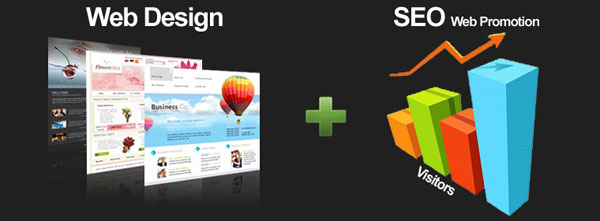
Being a web designer nowadays is not as clear cut as you might think. In the past, you could be the most talented web designer and let your creativity run wild, producing graphics and flash that would make people drop their jaws in amazement. But now, you need to have an analytical mind as well, you have to think how the search engines are going to look at your design – SEO suddenly becomes a word that you have to pay a huge amount of attention to. So, here are some top tips for web designers out there who just don’t have the time to study up on SEO.
1. Write Unique Content
Of course, as Google and other search engines always state, content is a key attribute and more specifically, unique content. Unique content will put you in good standing with the search engines as they’re always looking for something new. More importantly remember to update it all the time, although this might not be a necessity it never hurts to let the spiders know that there is fresh content available.
2. Beware of Flash
Many designers have become addicted to using Flash. Although it may look great, with its changing pictures and the great look of Flash navigation, search engines have trouble reading Flash files, which means the links used in the navigation can’t be followed.
3. Text links
The point above follows on here, having text for links will allow spiders to crawl the link and therefore gain a better understanding of the site. If you feel you want a Flash image or banner, then make sure that either there is text next to it or that the text is coded onto the banner. This will also help the design of your website, making it much cleaner and easier to design.
4. Images
Of course, for a great design there needs to be images, possibly that you have designed yourself, but from a web design/ SEO perspective it is important to apply the relevant ALT tags. This is needed because, as amazing as search engines are, they can’t see an image they can only read it – thus the image needs to be properly described. Another thing is when you save an image, make sure that you call it the appropriate name or keyword as this will make an impact on the SEO quality.
5. Text to image ratio
It is important not to overwhelm a site with too many images. Yes, as a designer you don’t want boring text and you want to replace ugly text with lovely smooth images, but remember your page needs content to. There needs to be a good ratio so the spiders can read the text and know what the page is about. Next to an image add some text, or even at the bottom of the page just to get your keywords in there.
6. Keywords
As mentioned above, you need to place keywords onto your site so that the search engines can categorize it correctly. Don’t cram your site with keywords though, rather make them look as natural as possible. You shouldn’t try to optimize your entire site to one keyword phrase – instead focus on writing pages for specific keywords and phrases.
7. Avoid a Splash Page
A splash page, if you don’t know, is like the welcome page that appears before you enter the home page. Designers like this because it is a fantastic opportunity for them to create an impressive and stylistic webpage, and show off their skills. However, Google spiders will end up indexing this page and take it as the actual homepage. In addition, the design of a splash page normally has no text links or content and is designed with flash so, as mentioned above, it is not effective for SEO purposes.
8. Don’t use generic links
Search engines place a high importance on links so make sure you use the relevant anchor text to describe the pages you are linking to. For example, when are linking to a link on learning more about social media, don’t just say “read more”or “learn more”, rather say learn more about social media.
9. Unique page titles
With each new page that you design, each one will need a unique title attribute. This is needed in order to show search engines that each page is different, otherwise they could get confused and think that every page on your site is on the same subject, and thus not help SEO results.
10. Page speed
Believe it or not, page speed has an effect on the SEO of your site. Search engines will often penalize your site if the page speed is low (i.e, takes a long time to load). How this can happen is if the site or banners are coded badly. Using a lot of big images can also slow it down or if there are videos and flash that need to load each time. The main thing is to make sure that your page is optimized properly, also there are a number of tools that can be installed to check the page speed and what areas need improving.
it is very useful for web designer
While I work at a web design company, I do not handle the design. I handle the SEO. One thing that is so important for Web Designers to keep in mind when building a site is the SEO aspect. It is very hard to go in and fix a site once it has been built.
Great tips. Thanks!